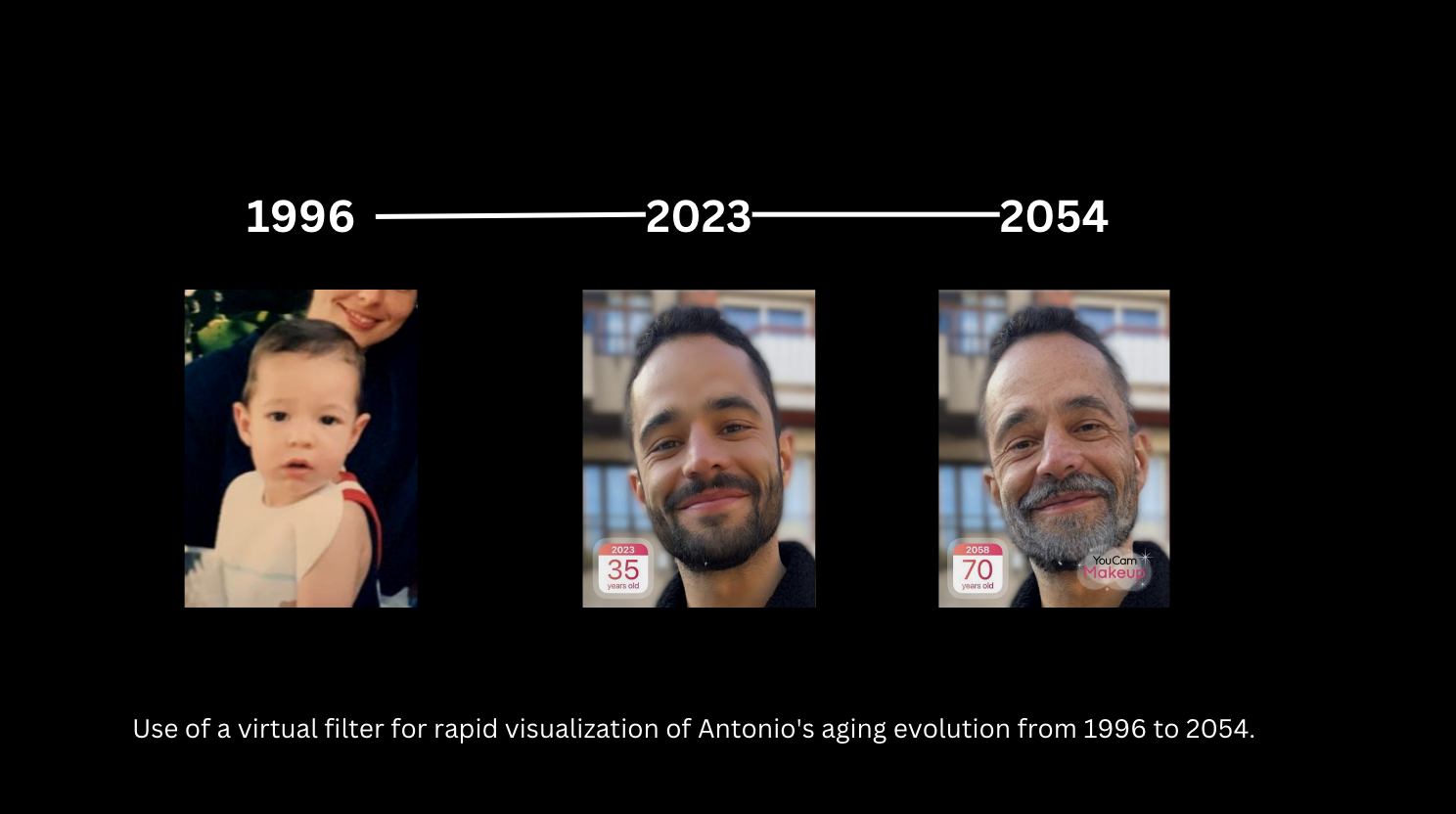¶
The Next Billion Seconds¶
The opening week of Term II was a thought-provoking and inspiring experience. The guidance provided by Andres Colmenares, co-founder and strategist at IAM, a creative research lab, was particularly remarkable. IAM is on a mission to change the way the digital economy is affecting everything, and it was inspiring to be a part of this conversation.
The Billion Seconds Institute is a unique organization within IAM that encourages individuals to think about what reality could look like in a billion seconds. This requires us to examine the current context of post-colonialism, climate disruption, digital interactions, and the interconnectedness of everything in the universe. While this task can be overwhelming, the concept of critical hope was introduced and is fundamental for designers of futures.

We discussed aspects of digital interactions and how these have become an integral part of our daily lives. Yet, the internet is responsible for generating a vast amount of carbon emissions These negative environmental impacts are particularly concerning given the rapid growth of the digital economy and the increasing reliance on technology in our lives. More importantly, however, the humanitarian implications of digital interactions pose an even stronger challenge. While technology has enabled unprecedented connectivity and access to information, it has also promoted an individualistic and ego-driven culture. Social media platforms, in particular, foster and promote a culture of superficiality and unrealistic expectations of life, which has damaging effects on mental health.
One of the most powerful ideas discussed during the opening week was the elimination of the belief that “user-centric design” is the best approach. Instead, designers should consider the impact of their designs on not just humans, but all forms of life and the environment as a whole. By incorporating regenerative practices, designers can create solutions that not only benefit individuals, but contribute to the overall prosperity and well-being of the planet. This shift in perspective challenges traditional design methods and opens up new avenues for creative and sustainable solutions.
Moreover, the idea that the future is not singular but plural with numerous possibilities was a groundbreaking realization during the opening week.It’s not the future; its the futures. As designers, we must broaden our horizons and explore the different pathways the futures may take. By acknowledging and creating multiple futures, we can prepare for a range of outcomes and ensure a more resilient and adaptable world. This way of thinking challenges traditional design methods and encourages designers to be more innovative and proactive in their approach to shaping the futures. Embracing the idea of plural futures is a transformative step towards a more sustainable and equitable world.